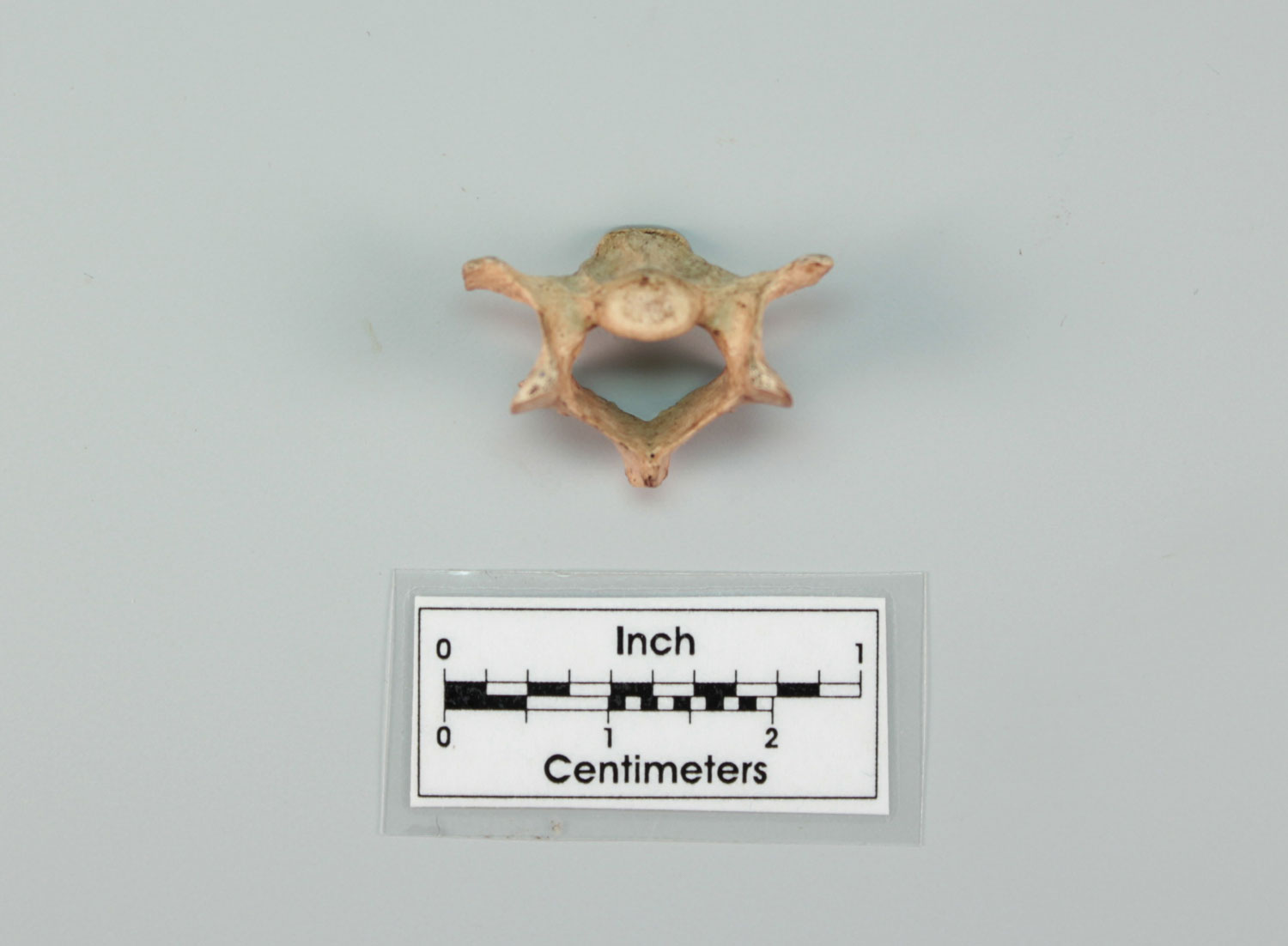Archaeologists have uncovered the earliest known evidence of domesticated cats in the United States within the wreck of the Emanuel Point II, a Spanish ship that sank in 1559 off Florida’s Pensacola Bay. The findings, published in American Antiquity, shed light on the presence of cats during early European colonization.
Researchers from the University of West Florida and the University of Arizona analyzed skeletal remains from the shipwreck, identifying bones from an adult and a juvenile cat. Genetic analysis confirmed these were European domestic cats (Felis catus), likely brought from Spain. Isotopic studies revealed a diet consistent with shipboard life, including human provisions like salted meat or rodents, indicating the cats were fed by sailors.
The Emanuel Point II was part of Tristán de Luna y Arellano’s expedition to establish a Spanish colony in Florida. Cats were often kept on ships to control rat populations, protecting food and cargo. These remains, dated to 1559, predate other known evidence of domesticated cats in the continental U.S., such as those in later settlements like St. Augustine or Jamestown.
This discovery highlights the role of animals in colonial maritime life and provides new insights into early Spanish exploration. The cats likely boarded the ship in a Spanish port, serving as both pest controllers and companions before the vessel’s sinking during a storm.

